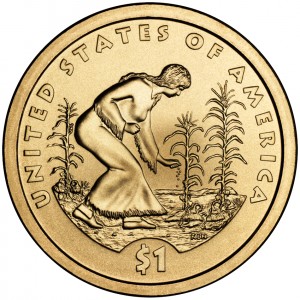Thanksgiving was first celebrated in 1621 by the Dutch settlers at Plymouth, Massachusetts to celebrate a successful harvest. It was a tradition that the Pilgrims brought with them from Europe. The three-day event was attended by 53 Pilgrims and 90 Native Americans that lasted three days. The tradition of giving thanks for successes was a tradition that the Pilgrims brought with them from England. This three-day celebration in 1621 is considered the first Thanksgiving.
After the birth of the United States, President George Washington issued a proclamation honoring the Thanksgiving harvest during his presidency. The only other president to issue a Thanksgiving proclamation was President James Madison. From then, it was up to the individual states to declare a Thanksgiving holiday.
Writer and editor Sarah Josepha Hale found a diary from the time of the Pilgrims and was moved to write editorials to bring back the Thanksgiving celebration. As part of her efforts, Hale developed recipes for roasted turkey, pumpkin pie, and stuffing that are part of the inspiration for today’s Thanksgiving feast. President Abraham Lincoln was so moved by Hale’s efforts that he decided that it was a good idea to maintain the union he issued a proclamation that made Thanksgiving Day a national holiday in 1863.
After Lincoln’s proclamation, it was traditional to celebrate Thanksgiving on the last Thursday of November. In a move to increase the holiday shopping period to promote more spending, President Franklin D. Roosevelt pushed to have congress pass a law to move Thanksgiving earlier in the month. In December 1941, Roosevelt signed a bill that set Thanksgiving as the fourth Thursday in November.



